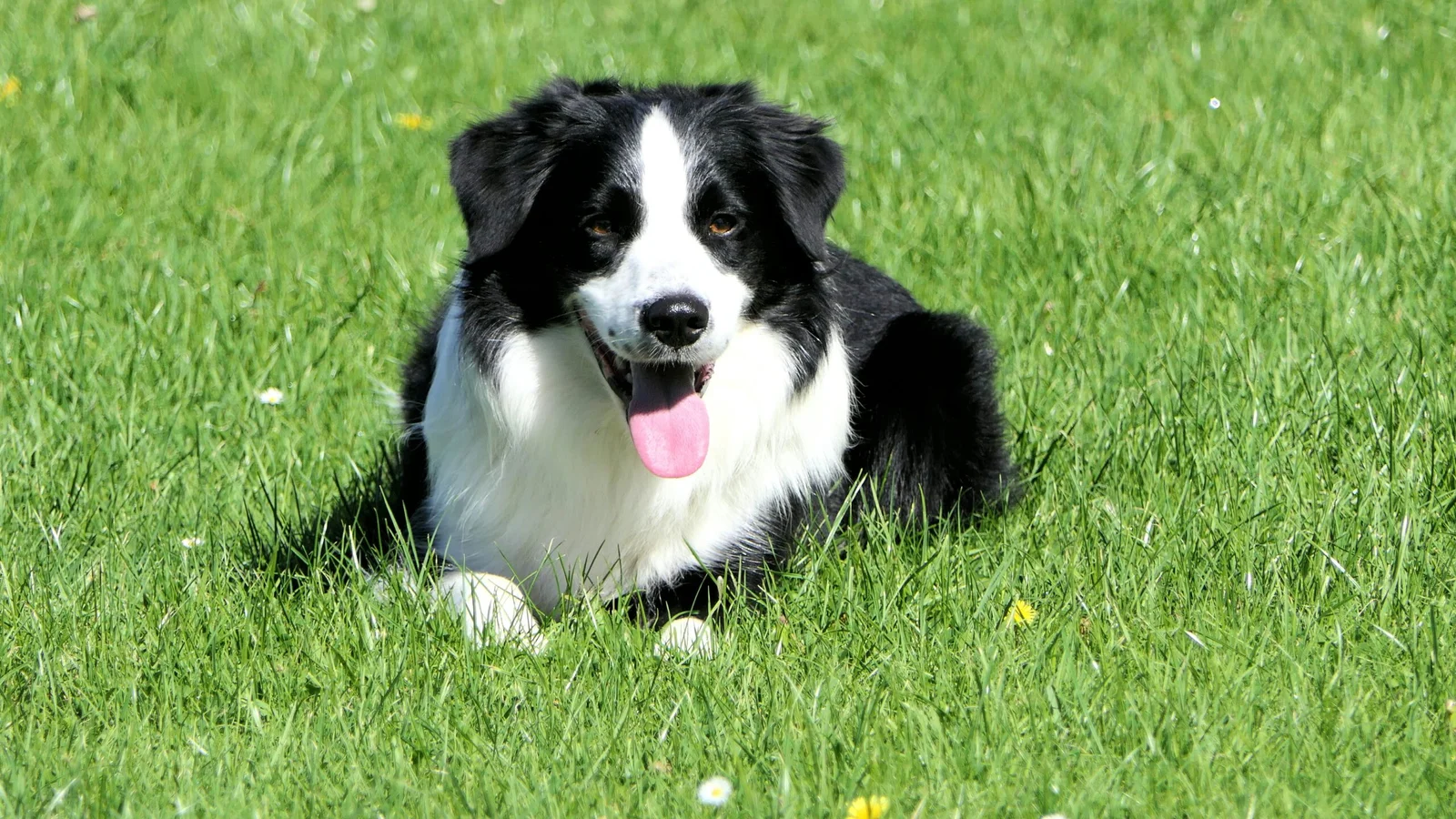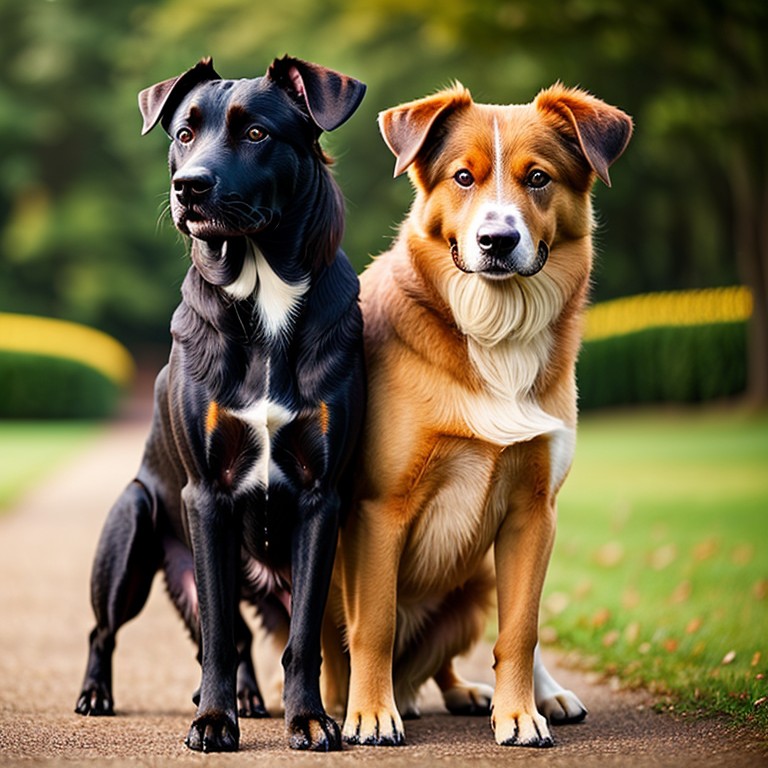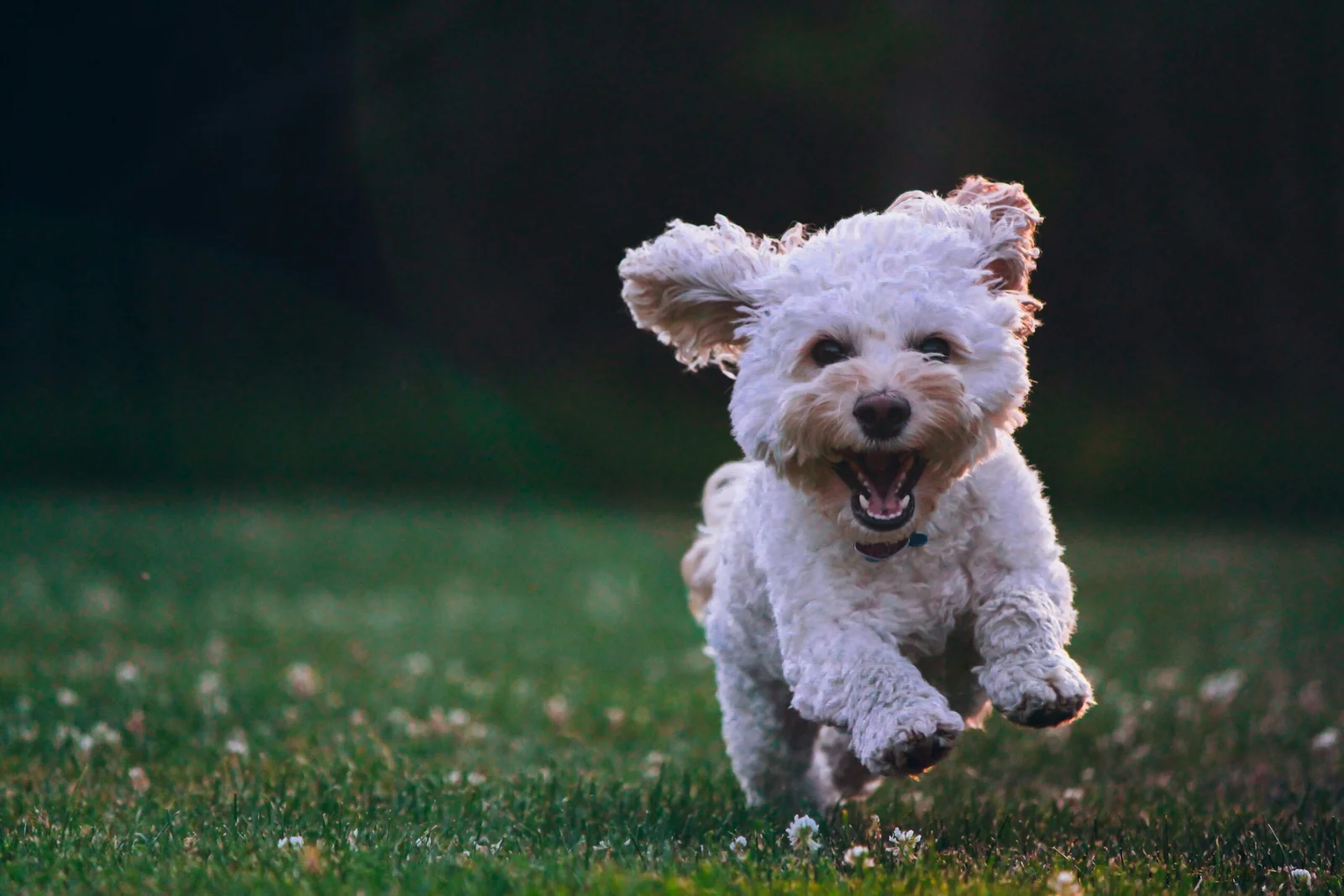Exploring the World of Working Dogs: From Shepherds to Search and Rescue
Working Dogs: The Role of Shepherds
One of the most well-known roles of working dogs is that of the shepherd. For centuries, shepherds have relied on the intelligence and instinct of dogs to help them manage and control their flocks. Whether it’s the Border Collie herding sheep in the rolling hills of Scotland or the Australian Kelpie rounding up cattle in the vast Australian outback, these working dogs have an innate ability to understand and respond to the commands of their human handlers.
Search and Rescue Dogs: Heroes in Emergency Situations
But the world of working dogs extends far beyond the fields and pastures. In recent years, there has been a growing recognition of the invaluable contributions that dogs make in search and rescue operations. Trained to track scents and locate missing persons, search and rescue dogs are often the first responders in emergency situations. These highly skilled canines can navigate through rubble and debris, using their keen sense of smell to locate survivors and bring them to safety.
Law Enforcement: Police Dogs as K9 Units
Another remarkable role that working dogs play is in law enforcement. Police dogs, also known as K9 units, are trained to assist officers in a wide range of tasks. From apprehending suspects to detecting illegal substances, these highly trained dogs are an integral part of many police departments around the world. Their keen sense of smell and ability to follow commands make them invaluable assets in the fight against crime.
Therapy Dogs: Providing Comfort and Support
Working dogs are not limited to traditional roles; they have also found their place in the medical field. Therapy dogs, for example, provide comfort and emotional support to patients in hospitals, nursing homes, and other healthcare settings. These gentle and well-trained canines have a remarkable ability to sense and respond to the needs of individuals, offering a source of solace and companionship during challenging times.
Assistance Dogs: Enhancing Independence for Individuals with Disabilities
From guide dogs for the visually impaired to hearing dogs for the deaf, working dogs have become indispensable companions for individuals with disabilities. These specially trained dogs are not only capable of assisting with daily tasks but also provide a sense of independence and confidence to their handlers. Their unwavering loyalty and dedication make them more than just working dogs; they are truly life-changing companions.
Shepherd Dogs: Versatile and Valued
Shepherd dogs are not only valued for their herding abilities, but also for their versatility in other working roles. One such breed is the Australian Cattle Dog, also known as the Blue Heeler. These dogs were originally bred in Australia to work alongside drovers in herding cattle over long distances. Their endurance, agility, and natural instincts make them excellent partners for farmers and ranchers.
The Belgian Malinois: A Multitalented Shepherd Dog
The Belgian Malinois is another shepherd dog breed that has gained recognition for its versatility. Originally bred in Belgium for herding and guarding livestock, these dogs have now become popular in various working roles. They are often used in police and military work, as well as in search and rescue operations. Their high level of energy, intelligence, and trainability make them well-suited for these demanding tasks.
Shepherd Dogs as Companions
While shepherd dogs are commonly associated with herding and working roles, they also make wonderful companions in non-working households. Many people appreciate their loyalty, intelligence, and protective nature. However, it is important to note that these dogs require a significant amount of physical and mental stimulation to thrive. Regular exercise, training, and socialization are crucial for their overall well-being.
Sled Dogs: Thriving in Harsh Conditions
In addition to Siberian Huskies and Alaskan Malamutes, there are several other breeds that are commonly used as sled dogs. One such breed is the Samoyed, which originated from Siberia. These dogs have a friendly and gentle temperament, making them great companions for both humans and other dogs. They are known for their ability to work in harsh conditions and their endurance in long-distance races.
The Greenland Dog: Strong and Agile Sled Dogs
Another popular sled dog breed is the Greenland Dog, which hails from Greenland. These dogs have a thick double coat that provides insulation against the freezing temperatures. They are known for their incredible strength and agility, which allows them to navigate through treacherous terrains with ease. Greenland Dogs are often used in expeditions and have been an integral part of Arctic exploration for centuries.
The Canadian Eskimo Dog: Adaptability and Loyalty in the Arctic
One lesser-known sled dog breed is the Canadian Eskimo Dog, also known as the Qimmiq. These dogs are native to the Arctic regions of Canada and have been used by the indigenous Inuit people for centuries. Canadian Eskimo Dogs are highly adaptable and can withstand extreme cold temperatures. They are known for their loyalty and intelligence, making them excellent working dogs.
The Remarkable Work Ethic of Sled Dogs
While each sled dog breed has its unique characteristics, they all share a common trait – their incredible work ethic and ability to thrive in freezing conditions. These dogs have been an integral part of Arctic life, assisting in transportation, hunting, and exploration. Their strength, endurance, and loyalty have made them indispensable companions in the harshest of environments.
German Shepherds in Search and Rescue
German Shepherds are also commonly used as search and rescue dogs. These intelligent and versatile dogs are known for their loyalty, courage, and ability to quickly learn and follow commands. German Shepherds have a strong work ethic and are often used in tracking, trailing, and searching operations.
The Bloodhound: Unparalleled Scenting Abilities
One lesser-known but highly effective search and rescue dog breed is the Bloodhound. These dogs have an incredible sense of smell, with a scenting ability that is second to none. Bloodhounds are often used in tracking missing persons over long distances and can pick up scents that are days or even weeks old. Their droopy ears and wrinkled skin may make them appear comical, but their tracking skills are no laughing matter.
Training and Skills of Search and Rescue Dogs
Search and rescue dogs undergo rigorous training to prepare them for their life-saving work. They are taught to navigate through challenging terrain, locate and alert their handlers to the presence of human scent, and even perform water rescues. These dogs are trained to work in all weather conditions and are equipped with specialized gear such as harnesses, boots, and even protective goggles to ensure their safety during operations.
The Role of Handlers in Search and Rescue Operations
When a search and rescue dog is deployed, they work closely with their handler, who guides them through the search area. The handler relies on the dog’s keen sense of smell and behavioral cues to determine the direction and proximity of the missing person. The dog’s training and instincts play a crucial role in locating individuals who may be trapped, injured, or disoriented.
The Heroism of Search and Rescue Dogs
Search and rescue dogs are true heroes, often putting their lives on the line to save others. They work tirelessly, sometimes for hours or even days, to locate and rescue missing persons. These dogs provide a valuable service to their communities and are a testament to the incredible bond between humans and animals.












